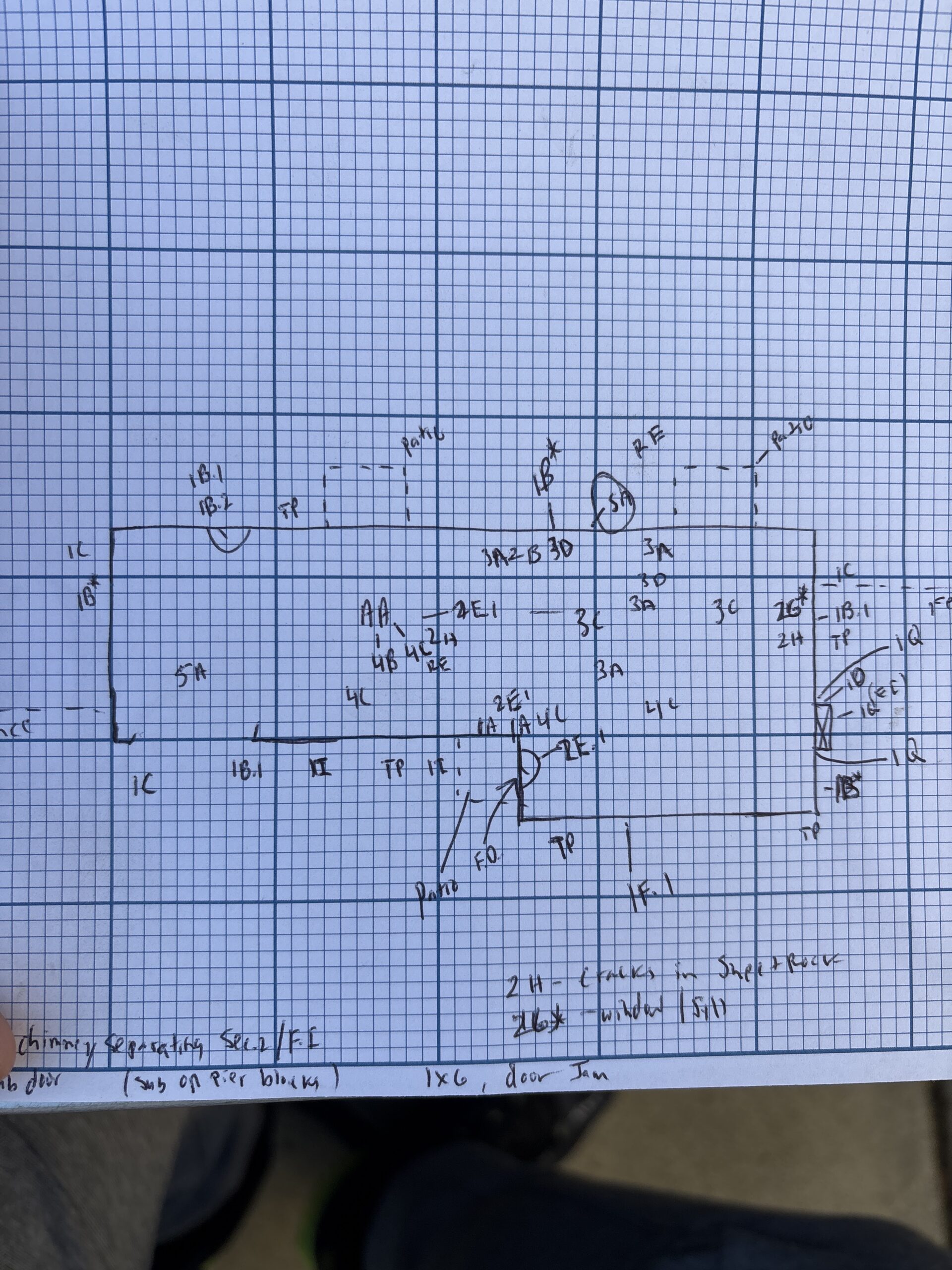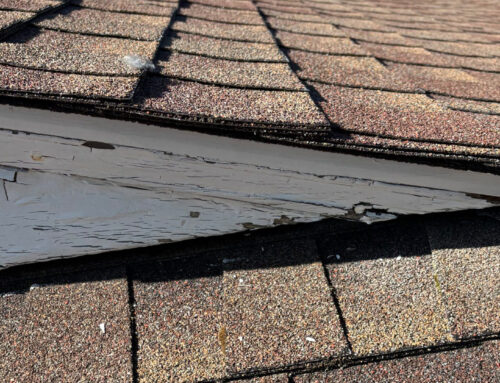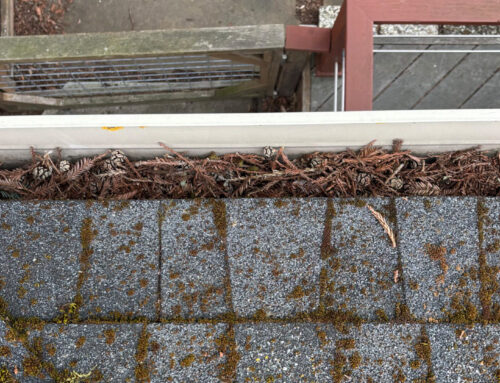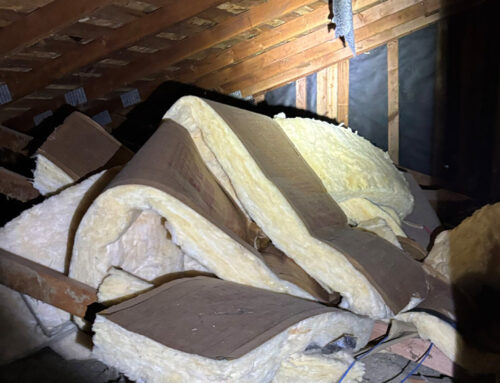How to read a WDO Pest Inspection Report
Wood Destroying Organism Inspections

If you’ve ever bought or sold a home, you may already know that a pest inspection is an important part of the process. However, if you’re new to real estate transactions, you might not be familiar with what a pest inspection covers—or more importantly, how to read the report.
Understanding Your Pest Inspection Report for Real Estate Transactions
A WDO inspection (Wood Destroying Organism Inspection) is the official term for a pest inspection conducted during a real estate transaction. This inspection is specifically focused on wood-destroying organisms, such as:
✅ Subterranean Termites
✅ Drywood Termites
✅ Dampwood Termites
✅ Fungus Growth in Attics or Crawlspaces
✅ Dry Rot
✅ Other Structural Wood Damage
What’s NOT Included in a WDO Pest Inspection?
A WDO inspection does NOT cover general pests like rodents, mice, rats, spiders, ants, wasps, or roaches. These fall under a separate pest control license (Branch 2), whereas wood-destroying organism inspections fall under Branch 3 licensing.
How to Read a WDO Pest Inspection Report

📌 First Page – The Diagram
The first page will typically feature a drawing of the home with a series of letters and numbers. Each combination represents a specific finding from the inspection.
📌 Next Few Pages – General Information
The following pages are mostly boilerplate information, outlining what a WDO inspection does and does not cover.
📌 Findings & Recommendations (Page 4-5 and Beyond)
This is the most important section of the report! It lists all the findings from the inspection, along with details about each issue and recommended treatments or repairs.
📌 Work Order & Pricing
After the findings, the report will include a work order section that lists the necessary treatments and repairs along with their pricing. This is the section that can be signed and returned to the pest company with a deposit to approve and schedule the work.
📌 Final Pages – Legal & Product Information
The last section of the report usually includes important clauses, product details, and contact information for poison control, agricultural departments, and the Structural Pest Control Board. It will also list the pest control company’s phone number for any follow-up questions.
A Piece of Mind
Hopefully, this guide makes it easier to understand your next WDO pest inspection report! If you need any help or have questions about a recent inspection, don’t hesitate to reach out to us at Nature Pacific Pest Services.




